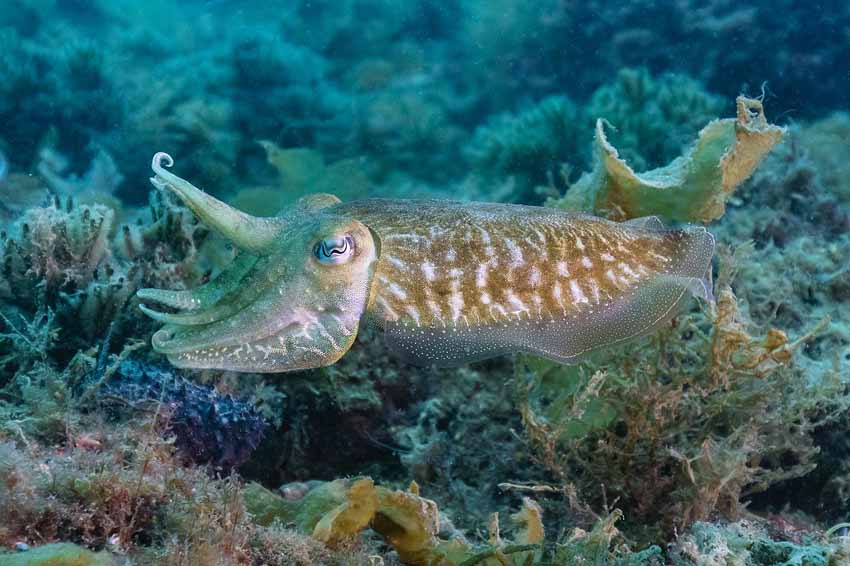Desalination and warming waters: main characteristics of ocean climate in 2020
Últimas noticias
Una mirada LGTBIQ+ al reino animal
Circular Economy in Action: Valorisation of By-products through Projects like PRIMA NEWFEED
Strategic Perspectives: Highlights from the Food4Future World Summit for Business Leaders
ALMUDENA FONTÁN, researcher of Functioning of marine ecosystems, climate change, data observation and environmental impact
Long-term ocean monitoring programs are essential to accurately analyze and quantify ocean climate variability.
The ICES (International Council for the Exploration of the Sea) Report on Ocean Climate (IROC) combines decades of ocean observations across the ICES North Atlantic region to describe the current state of sea temperature , salinity and atmospheric conditions, as well as observed trends and recent variability.
The working group in charge of preparing this report, WGOH (Working Group of Oceanic Hydrography, for its acronym in English), in which AZTI participates, together with the international organizations ICES and NAFO, organizes, every 10 years since 1991, the Symposium on decadal variability of the North Atlantic and its marine ecosystems. Its fourth edition, “4th Symposium on Decadal Variability of the North Atlantic and it’s Marine Ecosystem: 2010-2019”, will be held from April 24 to 28, 2022, in Bergen, Norway. In this conference the most important aspects of ocean climate variability, plankton, fish, birds and marine mammals of the North Atlantic during the last decade (2010-2019). More information on WGOH can be found in this article recently published in Frontiers in Marine Science.
The progress of the IROC report has already been published, anticipating the most notable aspects of the state of the oceanic climate in the North Atlantic in 2020:
- A low salinity anomaly persists in the eastern North Atlantic, with a slowdown or partial reversal evident in some areas. The strong trend towards desalination is evident downstream towards the Arctic and towards the subtropics.
- Although the surface waters of the Subpolar Gyre were moderately colder than the 2006-2015 climatology, a warming trend has been observed since 2016.
- Arctic waters continue to trend towards warming and decreasing salinity, with significantly lower than average salinity in the Nordic Seas and the Fram Strait, as well as at the surface levels (200-400m) of the Irminger Sea. A large drop in salinity was detected in the outflow from the Strait of Denmark below 2800 m.
- In the Bay of Biscay, the lowest salinities of the last three decades were recorded in the first 400 m of the water column. A notable drop in salinity persists on the Iberian coast.
- Regarding deep waters, temperature and salinity remain stable and high in the Irminger Sea (above 2000 m), show little change in the Icelandic and Iberian basins, and show warming and increased salinity at Rockall Trough. The year 2020 was the second year in a row that the deep winter convection in the Labrador Sea did not exceed 1,700 m.
- The Northwest Atlantic shelf waters remained warm. The warming was manifested in the shallow and deep waters; in the Gulf of Saint Lawrence the temperature record of the last 100 years was observed.
- The surface temperature of the North Sea remained high, while in the Baltic Sea elevated temperatures were observed throughout the water column. The salinity of the North Sea increased and that of the surface of the central Baltic Sea reached a record level since the late 1980s.
- Sea ice cover was low in most regions; the Baltic Sea had the smallest extent since the beginning of the 18th century.







